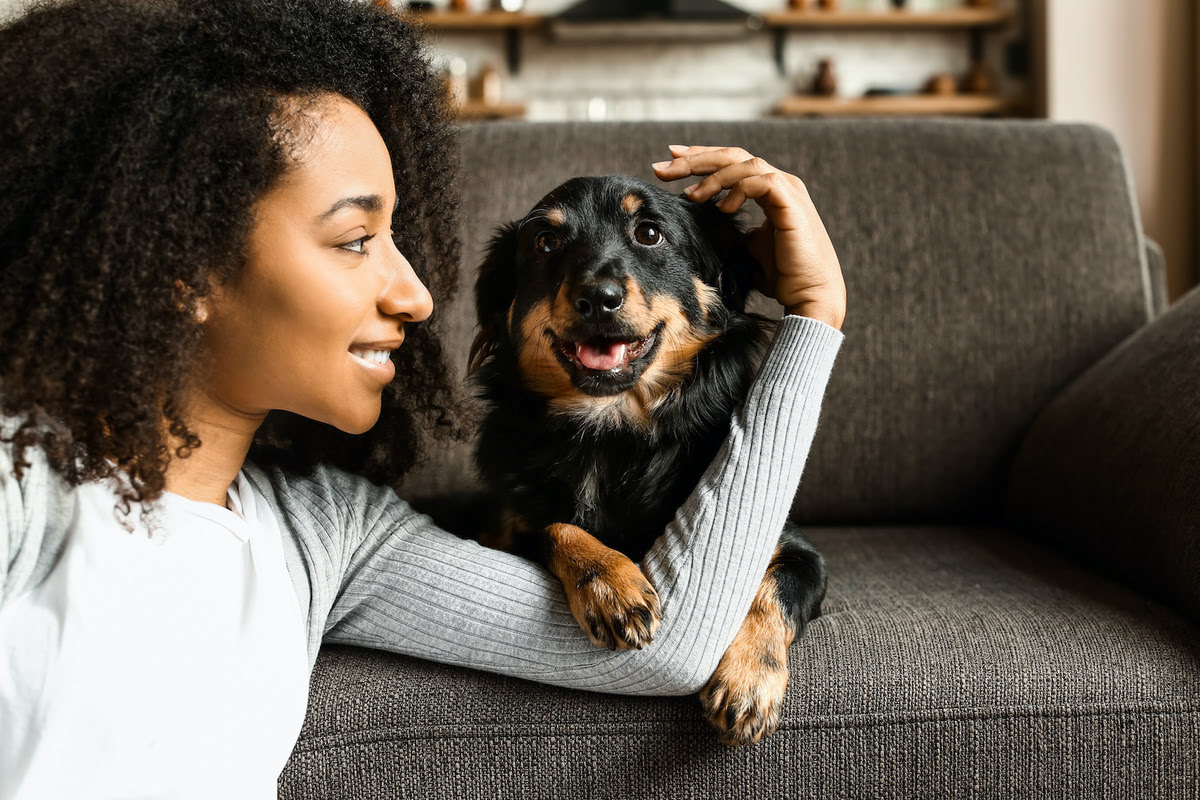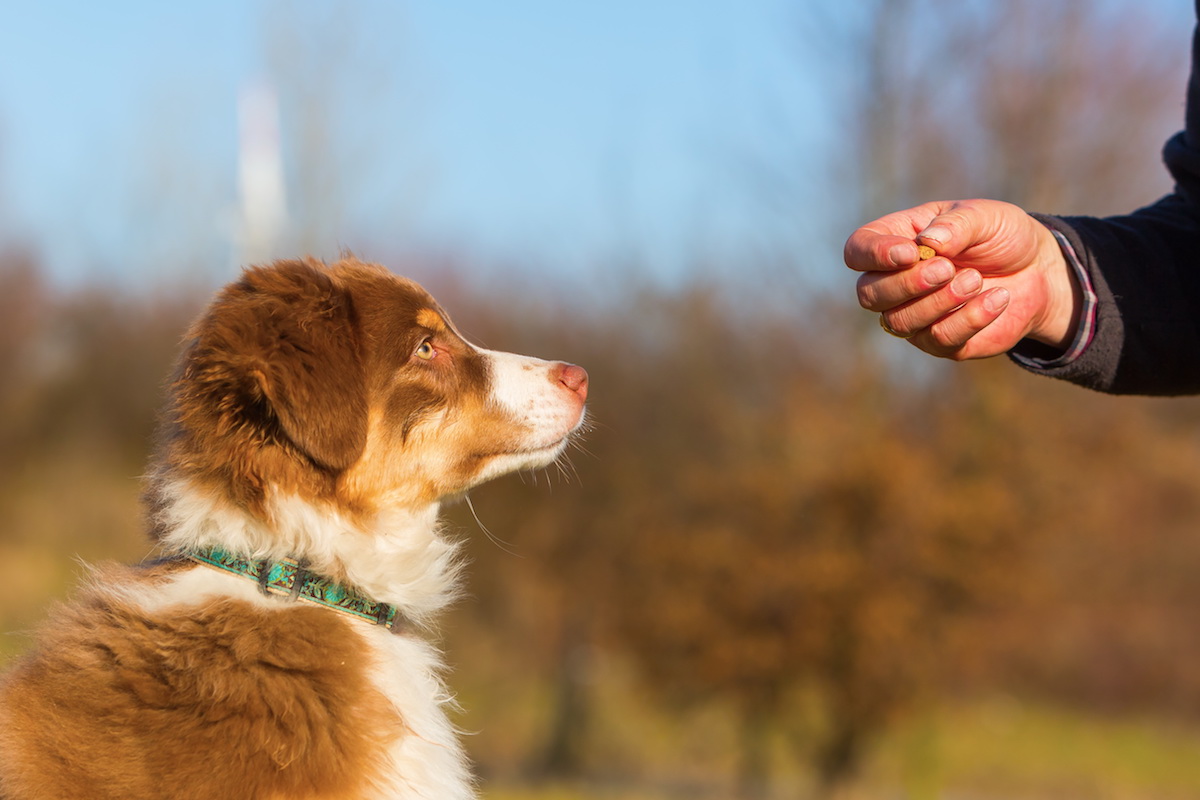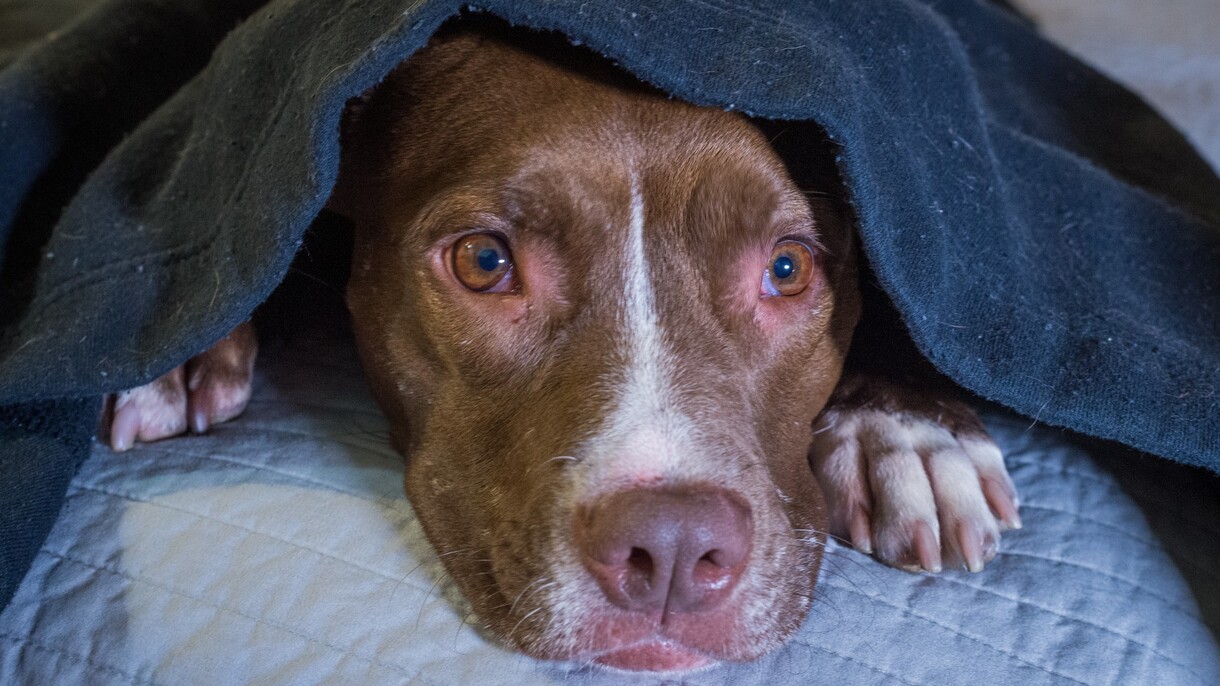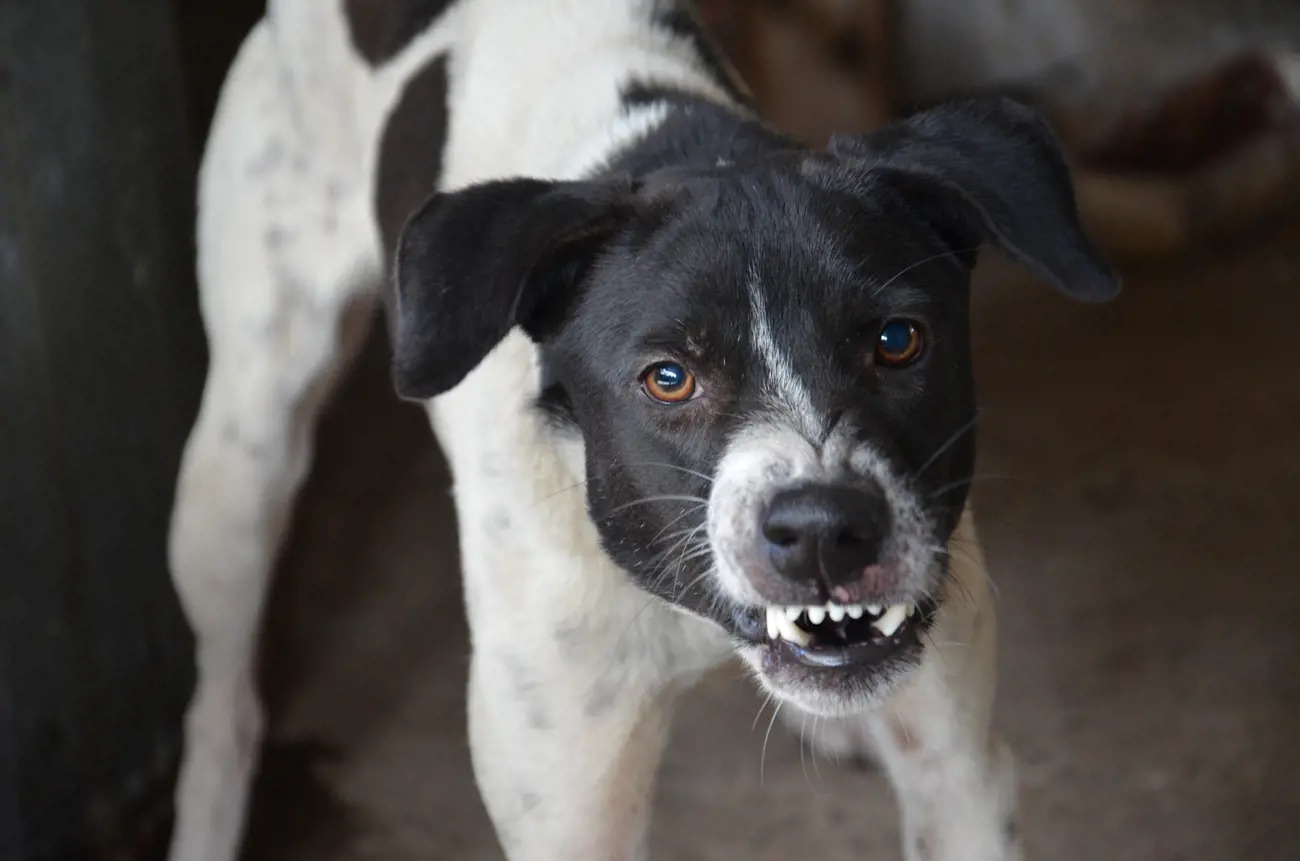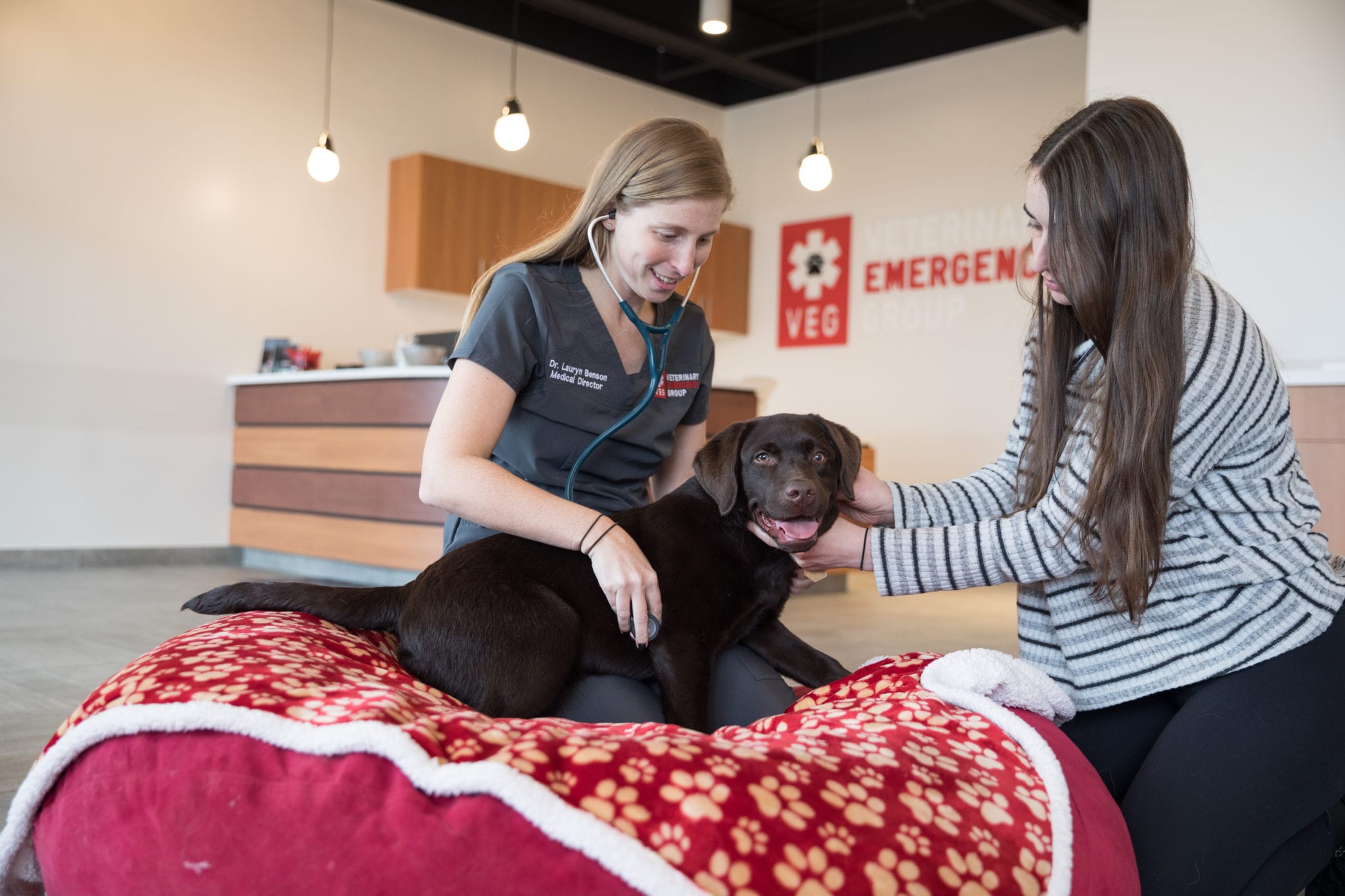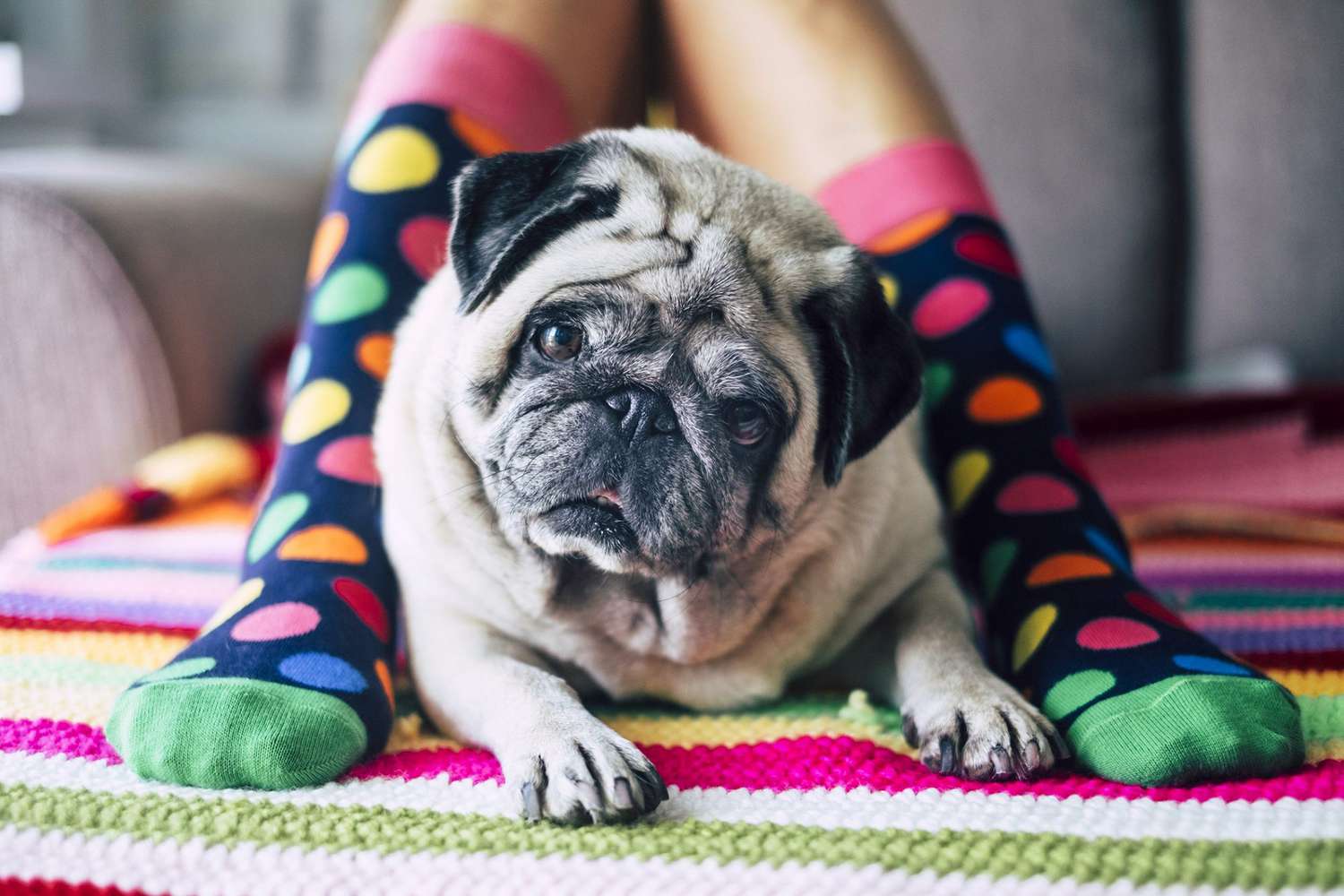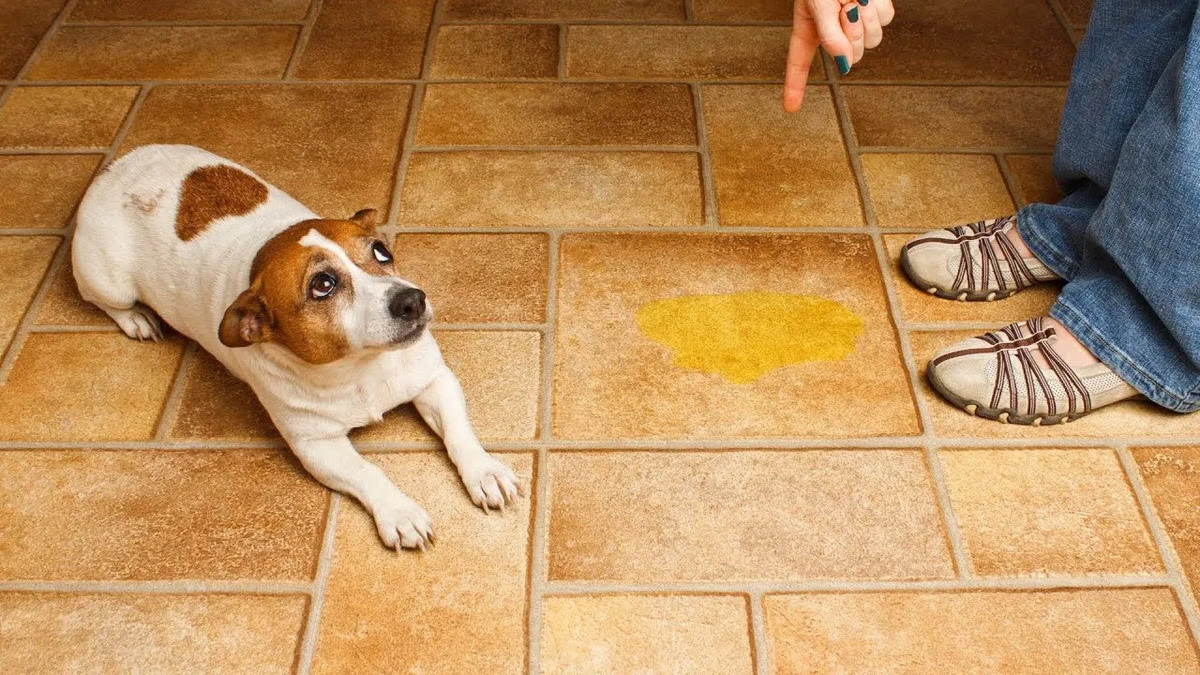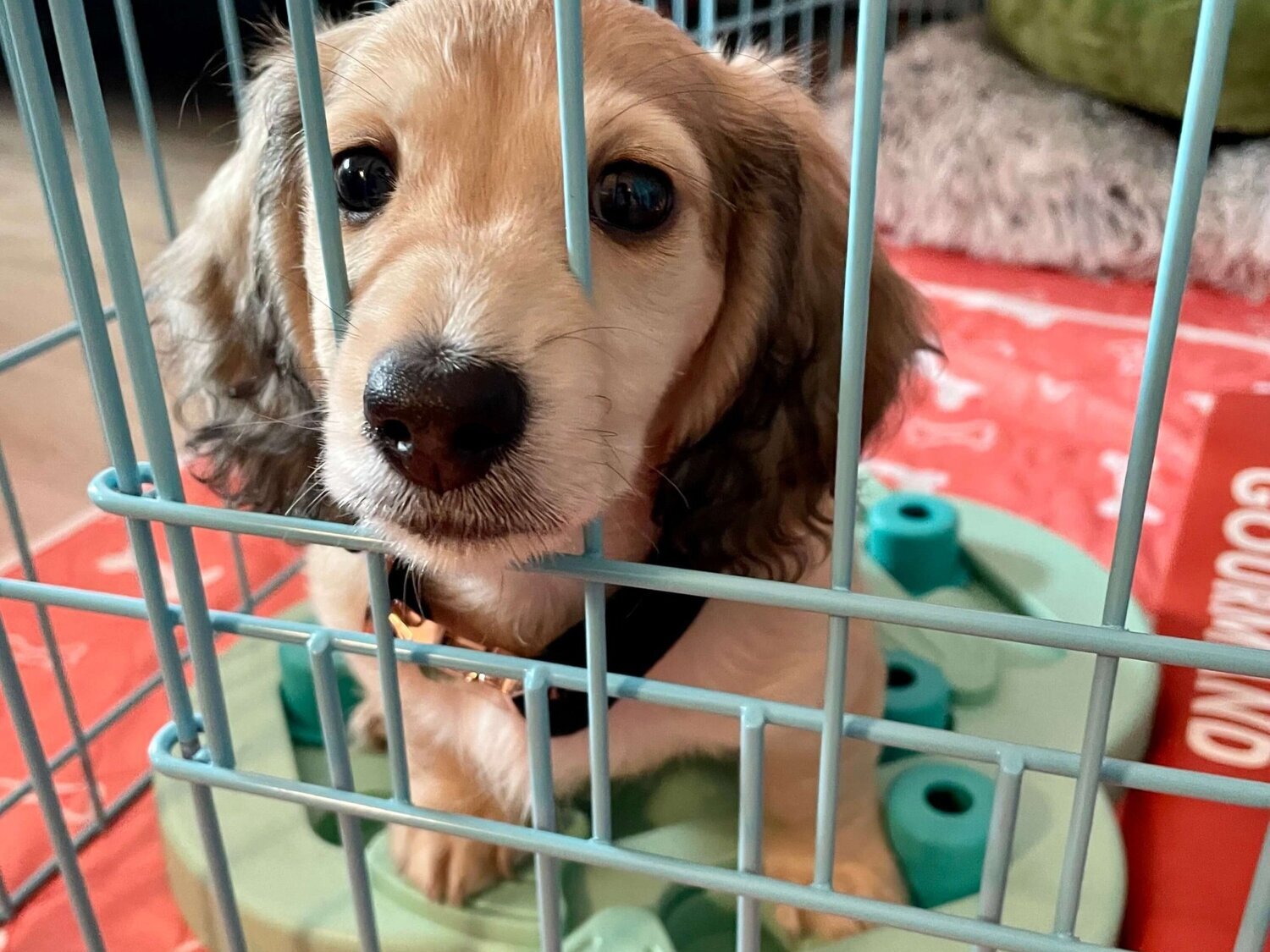Home>Health & Wellness>Behavior & Cognitive Care>How To Treat Dog’s Anxiety In The Car
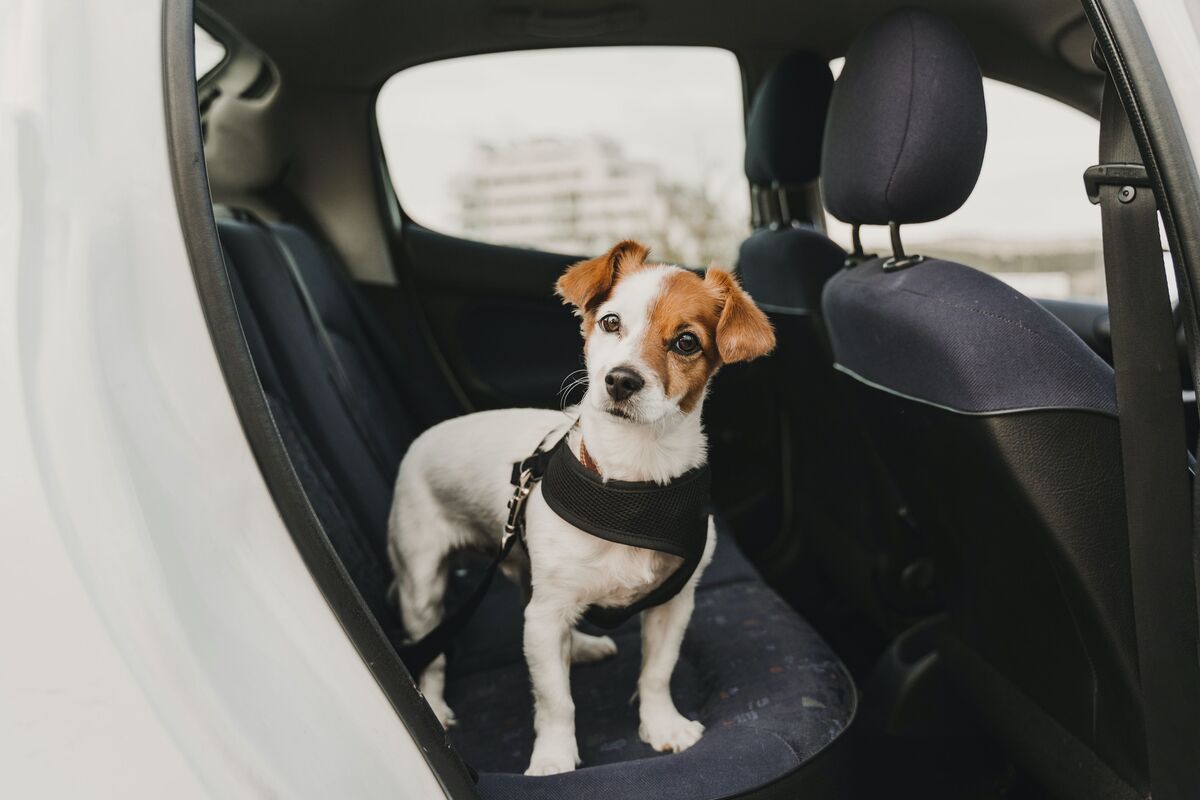

Behavior & Cognitive Care
How To Treat Dog’s Anxiety In The Car
Published: January 29, 2024
Learn effective behavior and cognitive care techniques to treat your dog's anxiety in the car. Discover tips and strategies to help your furry friend feel calm and comfortable during car rides.
(Many of the links in this article redirect to a specific reviewed product. Your purchase of these products through affiliate links helps to generate commission for Pawsomeoldies.com, at no extra cost. Learn more)
Table of Contents
Understanding Your Dog's Anxiety in the Car
When it comes to understanding your dog's anxiety in the car, it's essential to recognize that this fear is a common issue among many canines. Dogs, being creatures of habit, often find the unfamiliar and confined space of a car to be overwhelming. This anxiety can manifest in various ways, such as whining, panting, pacing, drooling, or even vomiting. Understanding the root causes of your dog's distress is the first step in addressing and alleviating their anxiety.
One of the primary reasons for a dog's car anxiety is the lack of exposure to car travel during their critical socialization period as puppies. If a dog has not been gradually introduced to car rides and positive experiences during this formative stage, they may develop fear or anxiety towards car travel in their adult life. Additionally, negative past experiences, such as a traumatic car ride or associating the car with a visit to the vet, can contribute to their apprehension.
Moreover, motion sickness can also trigger anxiety in dogs. The feeling of nausea and discomfort caused by the motion of the car can lead to a negative association with car travel. It's important to observe your dog's behavior during car rides to determine if motion sickness is a contributing factor to their anxiety.
Furthermore, some dogs may experience anxiety due to the lack of control and predictability in the car environment. The unfamiliar sounds, movements, and the inability to understand the destination can lead to a sense of unease and insecurity. Understanding these underlying reasons for your dog's anxiety in the car is crucial in devising effective strategies to help them overcome their fears and feel more at ease during car travel.
Read more: How To Treat Cancer In Dogs
Preparing Your Dog for Car Travel
Preparing your dog for car travel involves a gradual and positive approach to acclimating them to the car environment. By implementing the following strategies, you can help your furry companion build a positive association with car rides and reduce their anxiety.
Familiarization with the Car
Introduce your dog to the car in a gentle and non-threatening manner. Start by allowing them to explore the stationary car while it is parked in the driveway or a quiet area. Encourage them to sniff around and become comfortable with the car's presence. This initial exposure helps in normalizing the car as a familiar and safe space for your dog.
Positive Reinforcement
Associate the car with positive experiences by rewarding your dog whenever they show calm and relaxed behavior near the vehicle. Use treats, praise, and their favorite toys to create a positive association with the car. This positive reinforcement helps in reshaping their perception of the car as a source of comfort and enjoyment.
Short Trips and Gradual Exposure
Gradually progress to short car rides around the neighborhood to accustom your dog to the sensation of movement. Start with brief trips to pleasant destinations, such as a nearby park or a friend's house, to create positive experiences associated with car travel. Keep the initial rides short and gradually increase the duration as your dog becomes more at ease.
Read more: How To Treat A Dog With Fleas
Establishing a Routine
Establish a consistent routine for car travel to provide your dog with a sense of predictability and security. Dogs thrive on routine, so creating a predictable schedule for car rides can help alleviate their anxiety. Whether it's a weekly trip to the dog park or a regular visit to a family member's house, maintaining a consistent car travel routine can instill a sense of familiarity and comfort for your dog.
Safety and Comfort
Prioritize your dog's safety and comfort during car travel by using a secure and comfortable restraint system, such as a harness or a crate. This ensures that your dog feels secure and protected during the journey, reducing their anxiety. Additionally, consider covering the car windows with sunshades to minimize visual stimuli that may contribute to their unease.
By patiently and consistently preparing your dog for car travel through these methods, you can help them overcome their anxiety and transform car rides into enjoyable experiences. This gradual approach focuses on building positive associations and fostering a sense of security, ultimately leading to a happier and more relaxed travel companion.
Creating a Comfortable Environment in the Car
Creating a comfortable environment in the car is essential for alleviating your dog's anxiety and ensuring a pleasant travel experience. By focusing on the following aspects, you can transform the car into a soothing and secure space for your furry companion.
Familiar Scents and Comforting Items
Introducing familiar scents and comforting items in the car can significantly reduce your dog's anxiety. Placing a blanket or bed with your dog's scent in the car creates a sense of familiarity and reassurance. The comforting scent of their own belongings can help ease their stress and provide a calming effect during the journey.
Read more: What Is The Safest Dental Dog Treat?
Temperature and Ventilation
Maintaining a comfortable temperature and adequate ventilation in the car is crucial for your dog's well-being. Ensure that the car is properly ventilated to prevent overheating, especially during warmer weather. Similarly, in colder temperatures, provide a warm and cozy environment by using blankets or adjusting the car's heating system to keep your dog comfortable.
Calming Music or White Noise
Playing soothing music or white noise in the car can have a calming effect on your dog's anxiety. There are specially curated playlists and albums designed to relax dogs during car rides. The gentle melodies and rhythmic sounds can help mask external noises and create a serene atmosphere, promoting a sense of tranquility for your pet.
Comfortable Seating Arrangements
Choosing the right seating arrangements for your dog can significantly impact their comfort level in the car. Whether using a pet seat cover, a designated car seat, or a spacious area in the back, prioritize their comfort and safety. Additionally, consider using a familiar and comfortable harness or seat belt attachment to secure your dog during the journey, providing them with a sense of stability and security.
Minimizing Visual Stressors
Reducing visual stressors in the car can help alleviate your dog's anxiety. If your dog is prone to feeling uneasy due to external stimuli, consider using window shades or covers to minimize visual distractions. By creating a more serene and enclosed environment, you can help your dog feel more at ease and less overwhelmed by the surrounding movements and scenery.
By implementing these strategies, you can create a serene and comfortable environment in the car, tailored to your dog's specific needs. This nurturing setting fosters a sense of security and relaxation, ultimately contributing to a positive and stress-free car travel experience for your beloved canine companion.
Read more: How To Treat A Dental Infection In A Dog
Using Positive Reinforcement and Desensitization Techniques
Positive reinforcement and desensitization techniques are powerful tools for helping your dog overcome anxiety in the car. By employing these methods, you can gradually reshape your dog's perception of car travel and instill a sense of calm and confidence.
Positive Reinforcement
Positive reinforcement involves rewarding desired behaviors to encourage their repetition. When applied to car travel, this technique focuses on associating the car with positive experiences, thereby shifting your dog's emotional response from anxiety to relaxation.
Using treats, praise, and affection, you can reinforce your dog's calm behavior near the car. Start by rewarding them for approaching the car without displaying signs of distress. As they become more comfortable, gradually extend the positive reinforcement to include entering the car, sitting inside, and remaining calm during short stationary sessions.
Consistency is key when employing positive reinforcement. By consistently rewarding your dog's relaxed behavior, you reinforce the idea that being near and inside the car leads to enjoyable experiences. Over time, this creates a positive association, reducing their anxiety and building confidence in the car environment.
Desensitization Techniques
Desensitization involves gradually exposing your dog to the source of anxiety in a controlled and gradual manner. When applied to car travel, desensitization aims to reduce your dog's sensitivity to the triggers that cause anxiety, such as motion, confinement, or unfamiliar sounds.
Start by introducing your dog to the car in small, manageable steps. Begin with stationary sessions where your dog can explore the car at their own pace without the added stress of movement. Use treats and comforting items to create a positive and relaxed atmosphere during these initial sessions.
Once your dog is comfortable with stationary car sessions, gradually progress to short, gentle drives around the neighborhood. Monitor their behavior closely and provide reassurance and rewards for remaining calm. As your dog becomes more at ease with short rides, gradually increase the duration and introduce slightly more challenging driving conditions.
Throughout the desensitization process, it's crucial to observe your dog's body language and behavior for signs of stress. Patience and gradual progression are essential to prevent overwhelming your dog and ensure that each step contributes to their growing comfort with car travel.
By combining positive reinforcement with desensitization techniques, you can empower your dog to overcome their anxiety and develop a positive outlook on car travel. These methods not only alleviate their distress but also strengthen the bond between you and your furry companion, fostering trust and resilience in the face of previously daunting experiences.
Seeking Professional Help for Severe Cases
In instances where a dog's anxiety in the car escalates to severe levels, seeking professional help becomes imperative. Professional intervention can provide specialized guidance and support tailored to the unique needs of your dog, offering a comprehensive approach to addressing their severe anxiety.
Consulting a certified dog behaviorist or a veterinarian with expertise in behavior modification can offer invaluable insights into understanding the underlying causes of your dog's severe car anxiety. These professionals possess the knowledge and experience to conduct a thorough assessment of your dog's behavior, identifying specific triggers and formulating a targeted treatment plan.
Behavior modification techniques, such as desensitization and counterconditioning, are often employed by professionals to help dogs overcome severe anxiety in the car. These methods involve systematically exposing the dog to the source of anxiety in a controlled and gradual manner while simultaneously pairing it with positive experiences. Through this process, the dog learns to associate car travel with feelings of safety and comfort, gradually diminishing their anxiety response.
In some cases, medication may be recommended as part of a comprehensive treatment plan for severe car anxiety. Veterinarians can prescribe anti-anxiety medications or other pharmacological interventions to alleviate the distress experienced by dogs during car travel. These medications are often used in conjunction with behavior modification techniques to provide immediate relief while the long-term behavioral changes take effect.
Furthermore, professional guidance extends to educating dog owners on effective management strategies for severe car anxiety. This may include recommendations for creating a calming car environment, implementing structured routines, and utilizing specialized tools or products designed to reduce stress during travel. Additionally, professionals can offer valuable advice on addressing any underlying health issues that may contribute to the dog's anxiety, ensuring a holistic approach to their well-being.
By seeking professional help for severe cases of car anxiety in dogs, pet owners can access the expertise and resources necessary to support their beloved companions. Through a combination of behavior modification, medication when appropriate, and expert guidance, dogs can experience significant improvements in their car travel anxiety, leading to a higher quality of life and enhanced well-being for both the pet and their human family.

